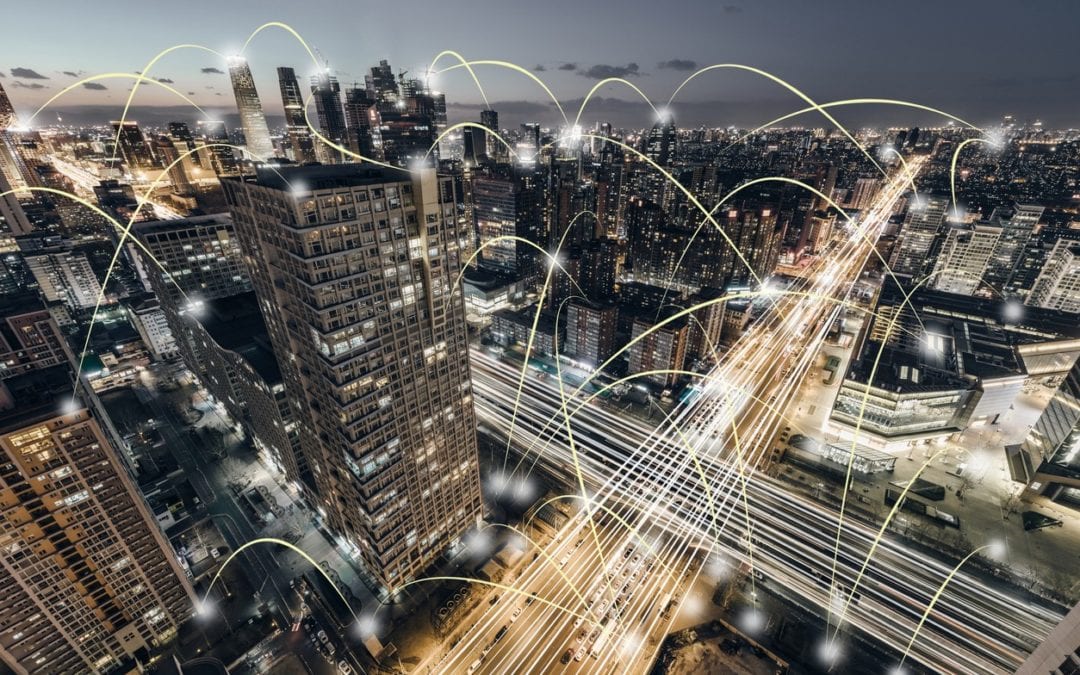The challenges and opportunities of insurance and the IoT
The Global Internet IoT (Internet of Things) refers to the network of devices, vehicles, appliances and, anything else embedded with software and sensors that is networked with the Internet. Your computer, smartphone, and tablets, obviously; but the IoT is also starting to include things like your home security system, electricity, HVAC, car, refrigerator, and anything else that is “connected” through Wi-Fi.
According to Statistica, the global IoT market will soon be around $1.7 billion. By the year 2020, it is estimated that 20.4 billion “things” will be connected. Around 60% of those items will belong to consumers.
All 20.4 billion “things” will need to be insured
All of those devices will need to be insured, which means insurance companies must adapt in order to protect this new wave of high-tech devices and the people who rely on them. The IoT will also include health monitoring devices, hospitals, manufacturing plants, office buildings, industrial complexes, and more, which signal huge change for property and casualty insurance, along with cybercrime and other unique policies.
Special challenges for the insurance industry
Part of the challenge will be figuring out how much insurance would and should pay for things that are completely automated. Health insurers will have to figure out who pays for what when networked health devices fail due to cybercrime or signal interruption, for example. There will also be the issue of worker’s compensation injuries and industrial risk in automated manufacturing plants and other facilities.
What about challenges when it comes to personal protection of homes and cars? A writer at Medium asks a key question: “How will insurance providers change their offerings when we all own self-driving cars … How much will one pay for when their house is already monitored 24/7 for break-ins, and the chance of a fire or flood decreases incrementally because they are constantly monitoring their appliances, water and heat systems, and more?”
Determining policies will require insurance and IoT companies to work together to determine the risks. It will also require insurance companies to acquire even more data to effectively determine rates and provide services to protect their customers’ assets.
Insuring the car of the future
We are getting closer to self-driving cars. Insurance products will have to be developed in order to meet the future needs of tomorrow’s drivers. The key may be tapping into the mobile technology that is already available, and slowly supplementing it with accelerometers, gyroscopes, GPS, and other sensors as more drivers adopt these new kinds of cars.
Smart home insurance
Smart homes already exist, of course, with the ability for homeowners to precisely control and monitor the air conditioning, security system, lights, and more. Your refrigerator can now even send you an alert when you’re running out of milk. As more advances arrive and homes become even more automated, insurance companies may have to move away from simply insuring based on projected risk to safeguarding properties based on hard data.
“The Internet of Things provides opportunities for insurance companies to offer product-service bundles. These bundles (i.e. home insurance + home monitoring technology) would reduce the probability of damage and lower the overall risk for homeowners and their insurers,” notes Medium.
4 ways to collect IoT data
The key, of course, is for insurers to understand risk and price policies accordingly. Fortunately, one of the benefits of IoT is that it gathers a ton of useful information. There are numerous ways that this data can be collected:
- Sensors on machines – Sensors can pull data from vehicles to measure mileage, speed, and even frequency of braking. This data can be used to measure risk and determine how much an individual or commercial business runs to determine coverage. It can also be used on industrial equipment to give alerts when there is an increased risk of malfunction.
- Environmental sensors – Location-based sensors on appliances like thermostats can be used to monitor equipment in commercial plants and businesses, as well as residential buildings and homes.
- Biometric sensors – We already have wearable fitness technology that can monitor our heart rates and steps taken every day. These sensors can also be used to monitor health risk factors. In commercial settings, biometric sensors can give an alert when workers are lifting improperly or becoming fatigued, thereby preventing accidents and serious injuries.
- Geographic information systems – Sensors that provide geophysical, topographical, climatological, and hydrological data can help insurers understand weather-related risk events like hurricanes or monitor road conditions for shipping companies.
The Internet of Things (IoT) represents both challenges and opportunities for insurance companies, from those that provide personal auto and homeowners policies to all kinds of commercial insurance. The key is for insurers to get a grasp on the technology so they can develop products that will accurately assess and even further mitigate risk – and protect customers now and in the future.
NICRIS offer many types of insurance solutions, including auto, home, and life. Call us at 516.544.0006 or fill out our online contact form to discuss your needs.

